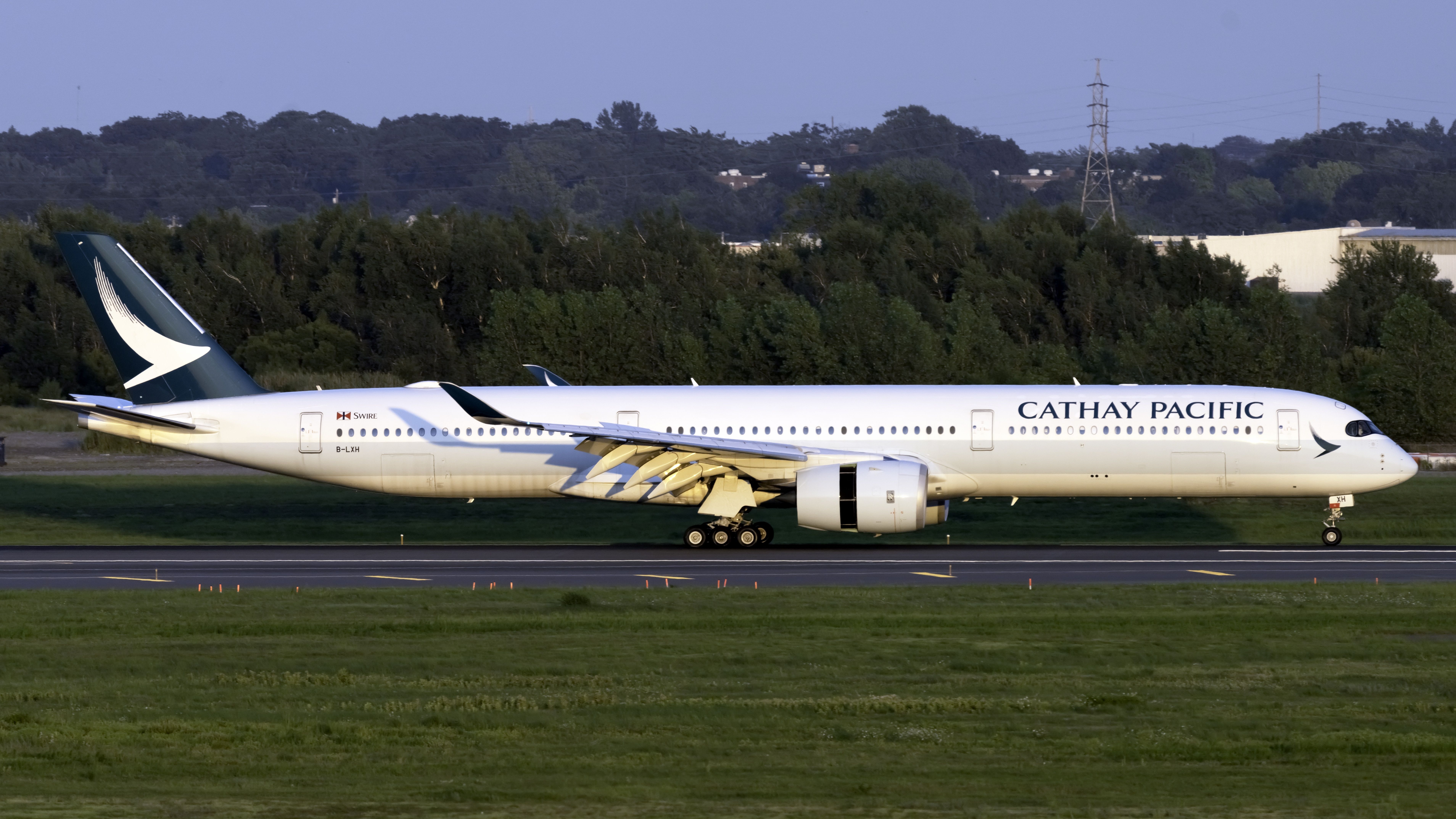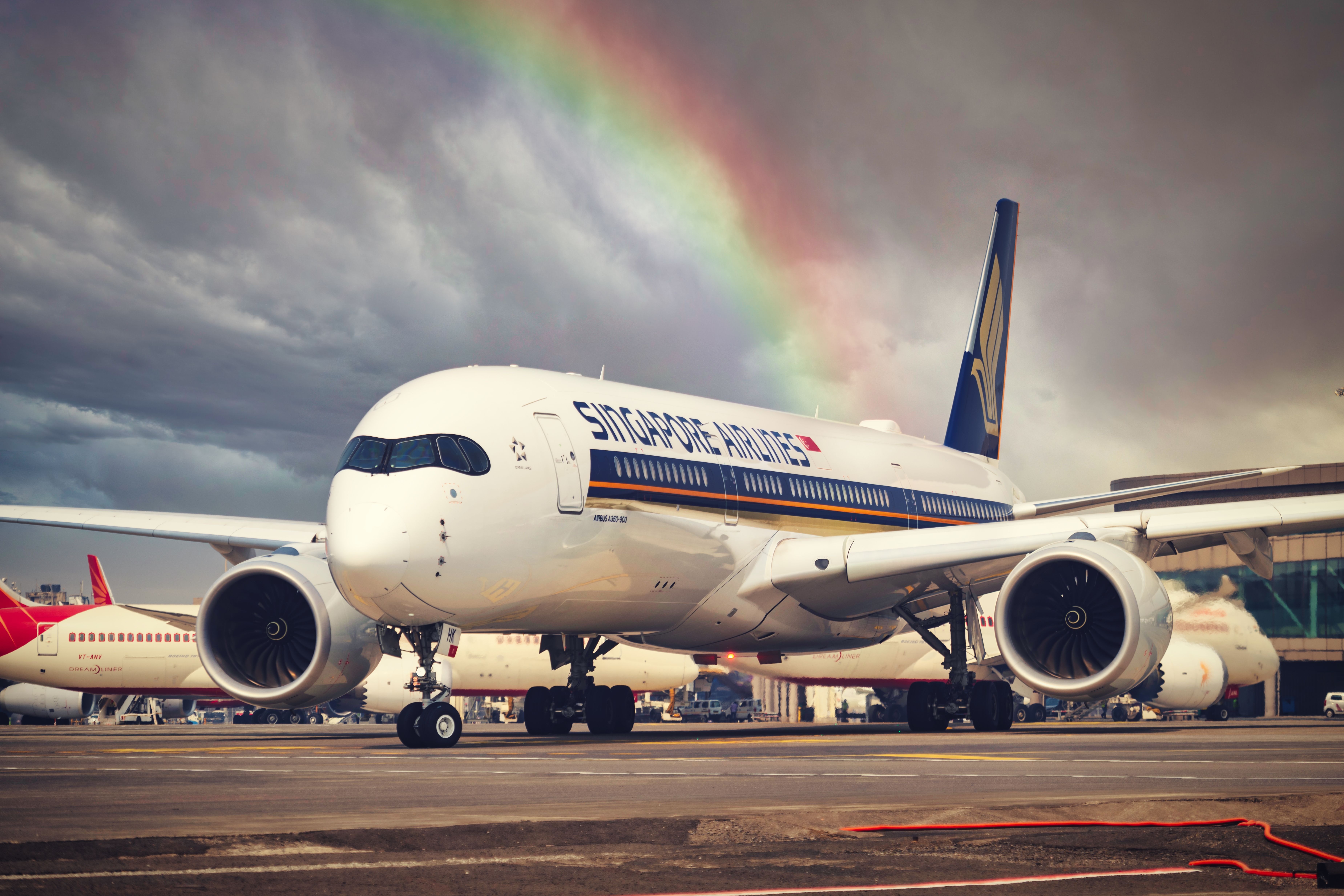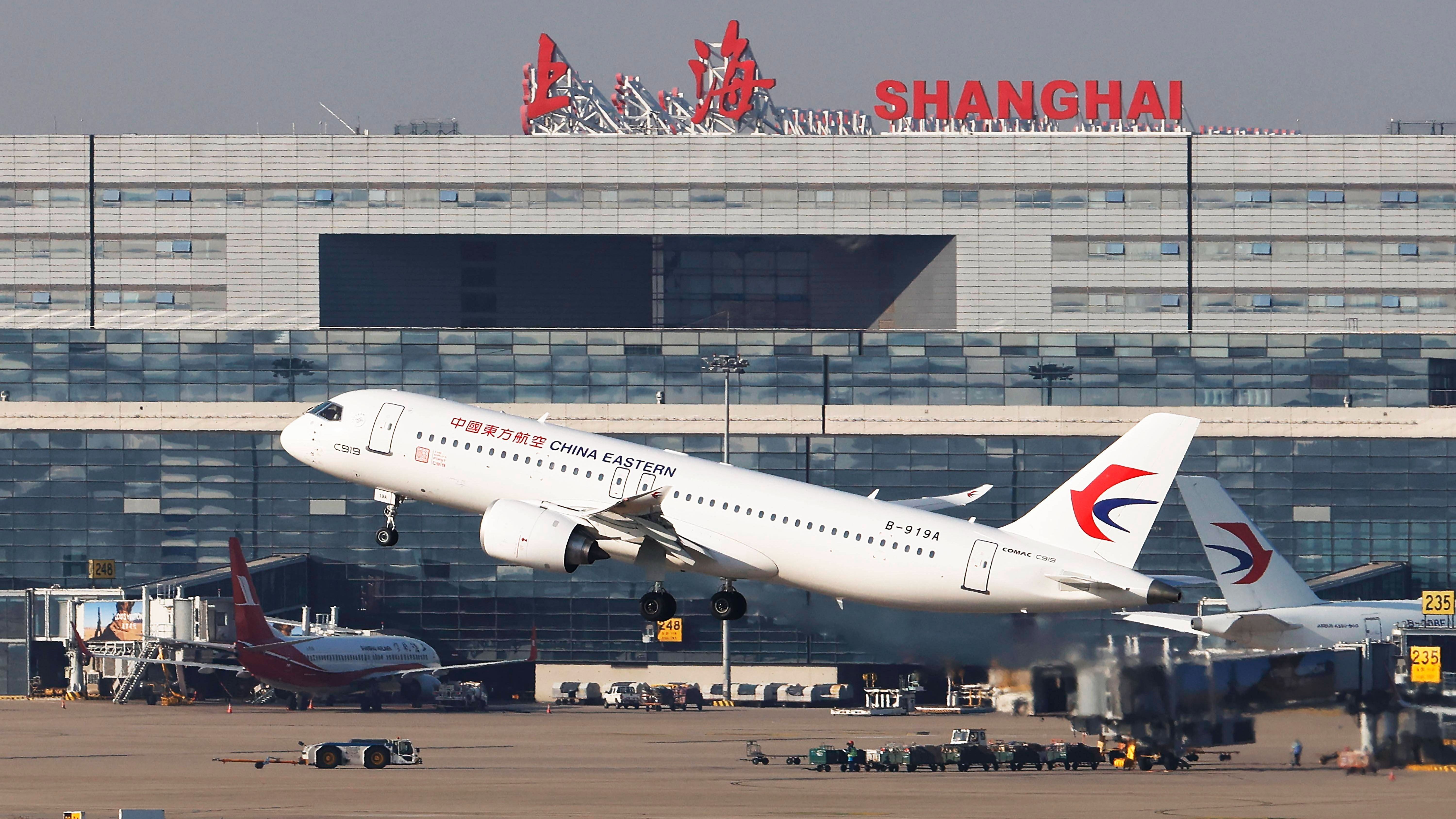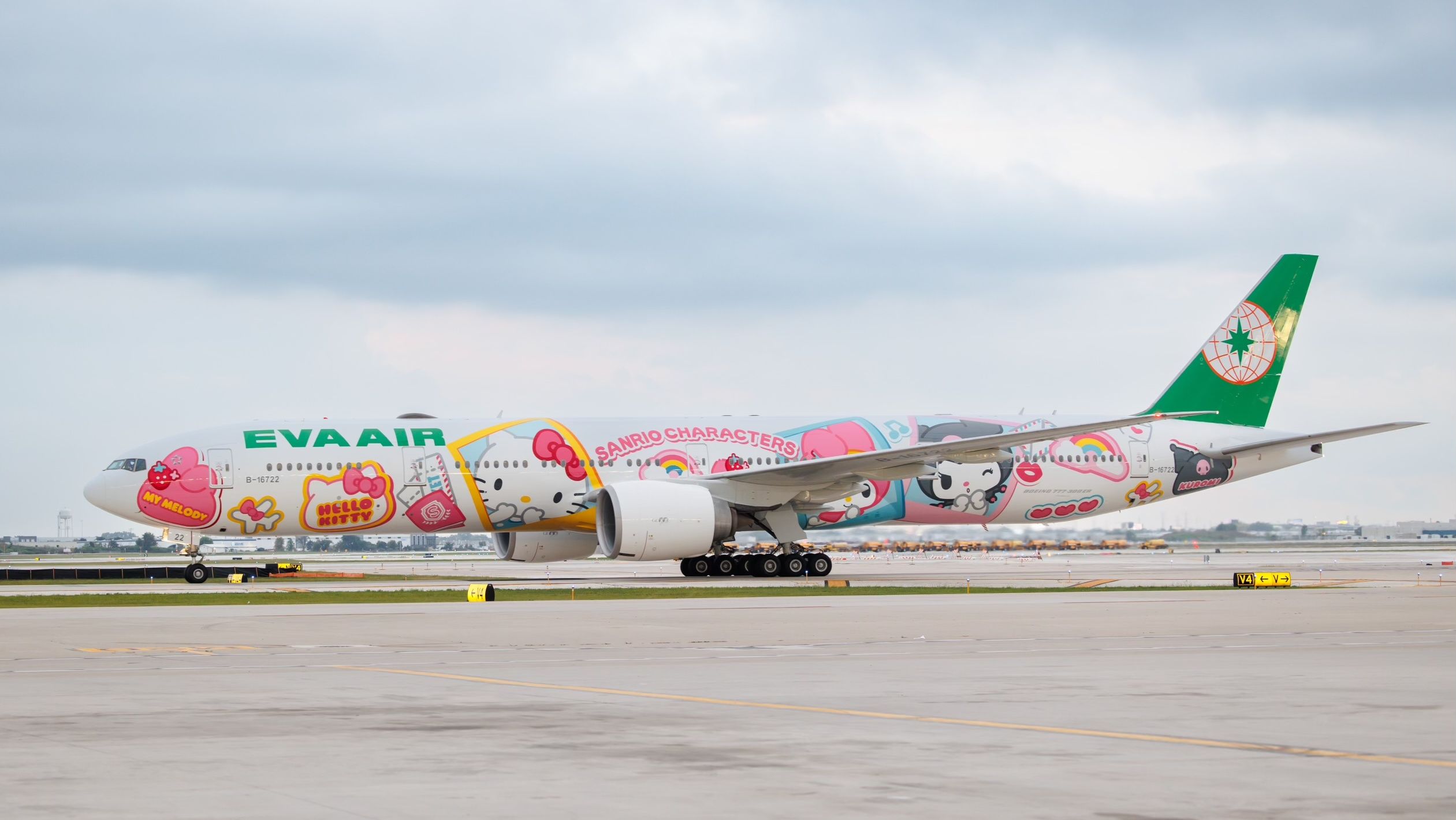Collectively, the airlines of Asia-Pacific have recovered from the pandemic, although their balance sheets will need a few good years of profit to regain full health. In July 2024, they carried 31.9 million international passengers, which was 98.2% of the 32.5 million they carried in pre-COVID July 2019, with forward bookings indicating a solid finish to the year.
Supply chains still a problem
Last week, the Association of Asia Pacific Airlines (AAPA) released its preliminary July 2024 Traffic Results, revealing that the 31.9 million international passengers carried by the region’s airlines were 22.6% ahead of the 26.0 million transported in July 2023, and less than 2% adrift of the July 2019 result.
Photo: Vincenzo Pace | Simple Flying
In the seven months between January and July, the airlines carried 208.0 million international passengers compared to 218.7 million in the same period in 2019, recovering to 95.1% of pre-pandemic years. AAPA said that regional initiatives to encourage travel and relaxation of visa policies underpinned the significant rise during the peak summer season.
Not a bed of roses
With all that good news floating around, Simple Flying was very surprised when AAPA Director General Subhas Menon said that many Asia-Pacific airlines are still hampered by supply chain issues. In a phone call, he told Simple Flying that delays in new aircraft deliveries, unavailability or shortages of parts and ongoing engine issues are top of that list.
“The manufacturers of aircraft and parts are finding it difficult to get all the raw materials and components they need to build a modern aircraft, so it’s a problem for airlines to renew their fleet or for aircraft maintenance, so they are not getting everything they need to be able to add more capacity as they desire.”
Photo: WeChitra | Shutterstock
Menon said airlines are basically “making do with the aircraft they already have” but are also facing issues with some engines for the shorter-haul fleets, such as the Boeing 737s and Airbus A320/A321s. He also noted that this is compounded by the stringent certification requirements for the Boeing 737 MAX, and when combined, all these supply chain disruptions are affecting airlines.
“All this is tied to supply chains, and taking that into account, the airlines are fighting against the odds. So, in spite of all these issues, the airlines are doing a really remarkable job.”
The region has been given a big boost by the accelerating recovery of China-based airlines, such as China Eastern and China Southern. These airlines are experiencing strong growth in passenger demand as both outbound and inbound traffic recovers beyond pre-COVID levels. Menon said the Chinese airlines have “really stepped up their game” and are operating more flights within the region and also to Europe and Australia.
Photo: China Eastern Airlines
He added that their market share has quickly climbed from under 50% to more than 66% on most of the routes they operate on, although he pointed out that was aided by their advantage when overflying Russia.
“They are also benefitting from the fact they do not have to comply with the edicts around Russian airspace. The China-based airlines already had lower cost bases, but their costs are even lower because now they can make use of shorter flight times, but their growth has contributed a lot to the Asia-Pacific recovery.”
Photo: EVA Air
Asian airlines have done an excellent job of returning capacity to match demand, adding more seats to popular routes that are doing well and shifting aircraft away from those that are slower to recover. In July, the international passenger load factor was 82.6%, slightly ahead of the 82.4% reported in July 2019, and on a year-on-year basis, demand (RPK) was up by 20.5% and capacity (ASK) by 21.2%, keeping that balance in check.
As for the 2024 outlook, Menon said that despite the ongoing supply chain disruptions, the outlook for travel markets remains positive. He predicts that Asia-Pacific airlines will continue to benefit from resilient business and leisure demand while continuing to focus on improving operational efficiency, intensifying sustainability initiatives and maintaining profitability.





